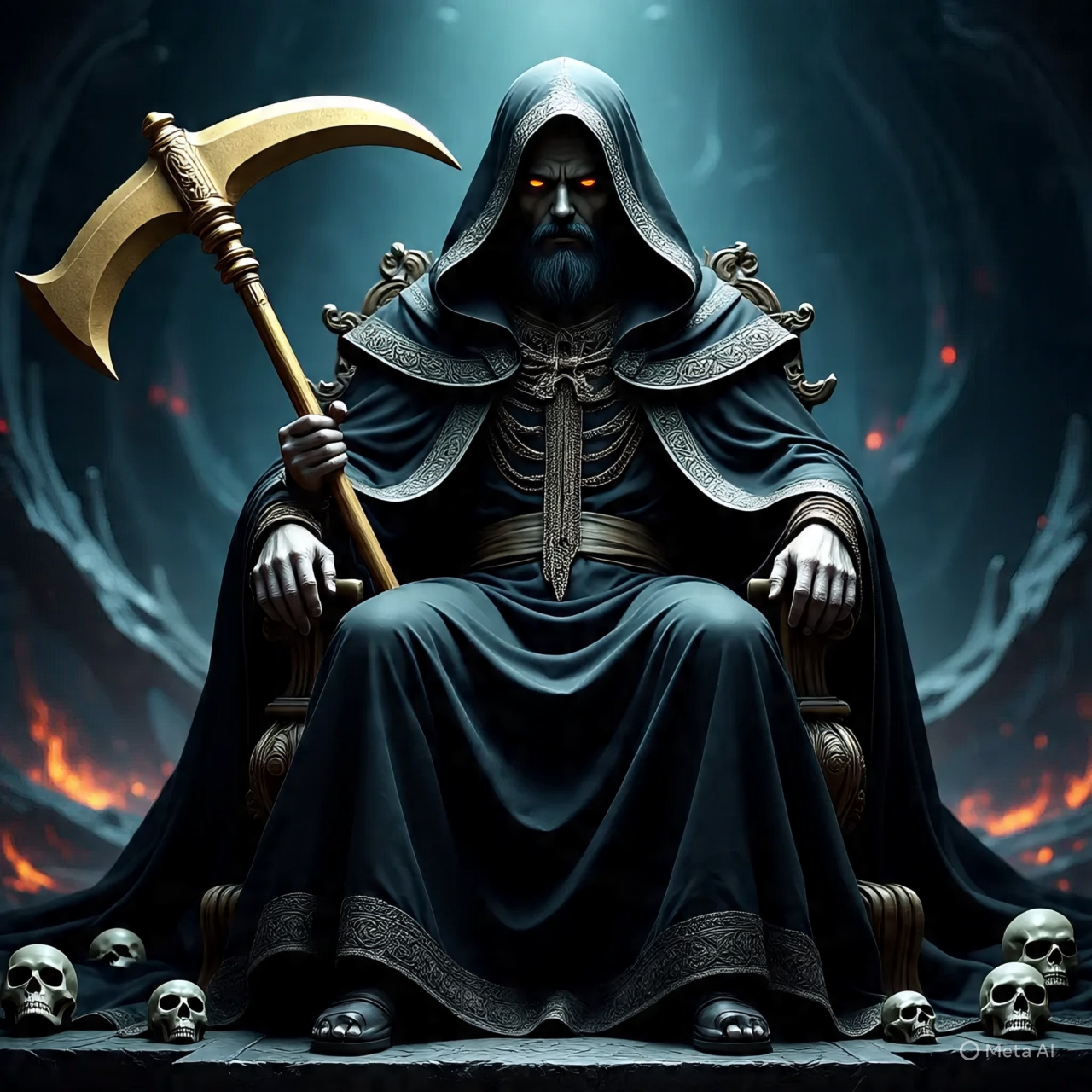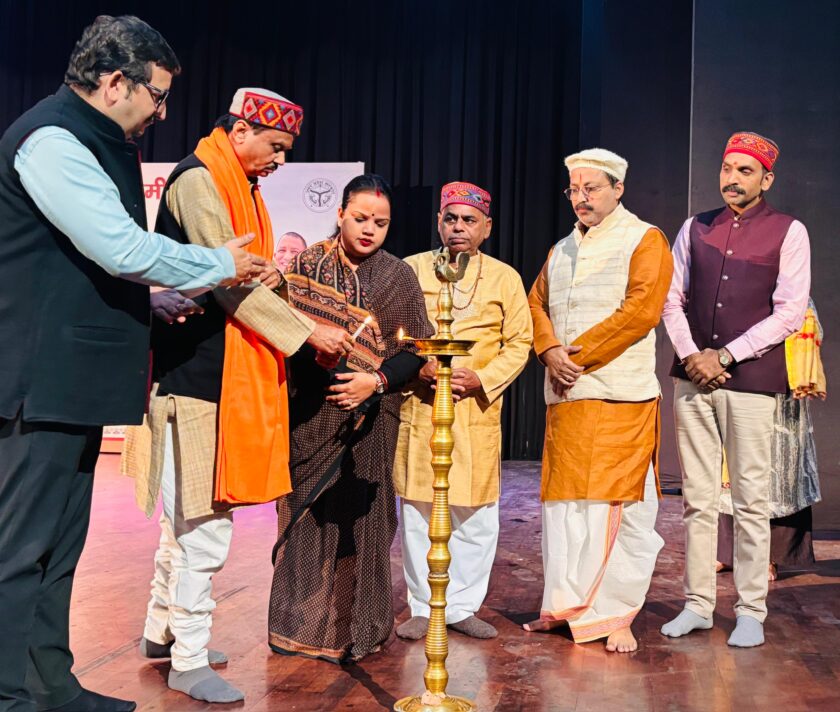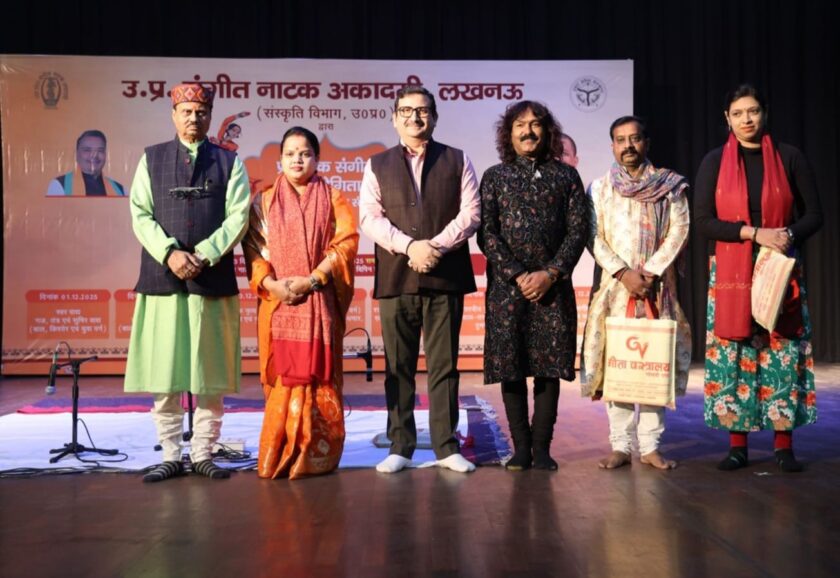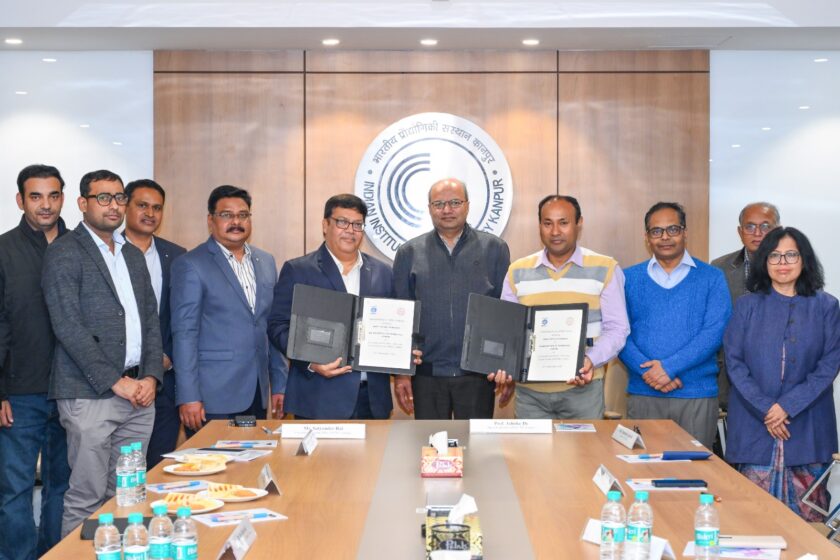Ayodhya: The holy city of Ayodhya, known for its eternal devotion and spiritual fervor, witnessed a sacred and unique tradition on the third day of Diwali—the worship of Lord Yama, the God of Death. While Ayodhya remains a center of faith throughout the year, this day, celebrated as Yama Dwitiya, holds special significance for devotees as it symbolizes both religious belief and familial love.
According to ancient legend, when Lord Ram decided to depart from the mortal world and ascend to Vaikuntha, Lord Yama himself came to Ayodhya to accompany him. It is believed that Yama rested at Jamthara Ghat, and from there, Lord Ram took jal samadhi (water immersion) at Guptar Ghat. In remembrance of this divine episode, a grand puja and fair are held every year at Yamthara Ghat on the banks of the Saryu River on the Dwitiya Tithi of Kartik Shukla Paksha.
From early morning, thousands of devotees take a holy dip in the Saryu, praying for a fearless and long life. Worshipping Lord Yama on this day, they believe, grants liberation from the fear of death and the blessing of victory over mortality.
The day also holds deep emotional meaning, especially for brothers and sisters. Sisters observe a fast and pray to Lord Yama for the well-being and longevity of their brothers, making Yama Dwitiya a symbol of sibling love and protection.

It is said that Yama received this sacred place as a boon from Mother Ayodhya, enhancing the spiritual importance of worship at Yamthara Ghat. As the day progresses, the ghat comes alive with devotional songs, aarti, diya offerings, and a grand fair that fills the air with divine energy.
For the people of Ayodhya, this festival is more than a ritual—it is a celebration of faith, affection, and ancient tradition. Devotees believe that worshipping Lord Yama not only dispels the fear of death but also inspires a life of discipline, balance, and righteous action, embodying the true spirit of Sanatan philosophy.





